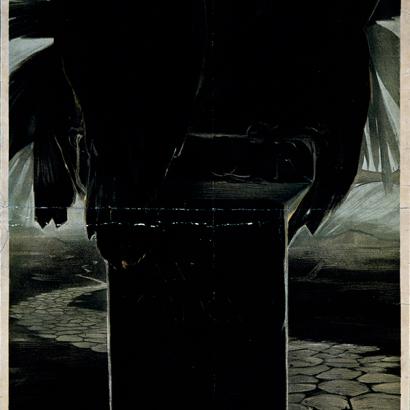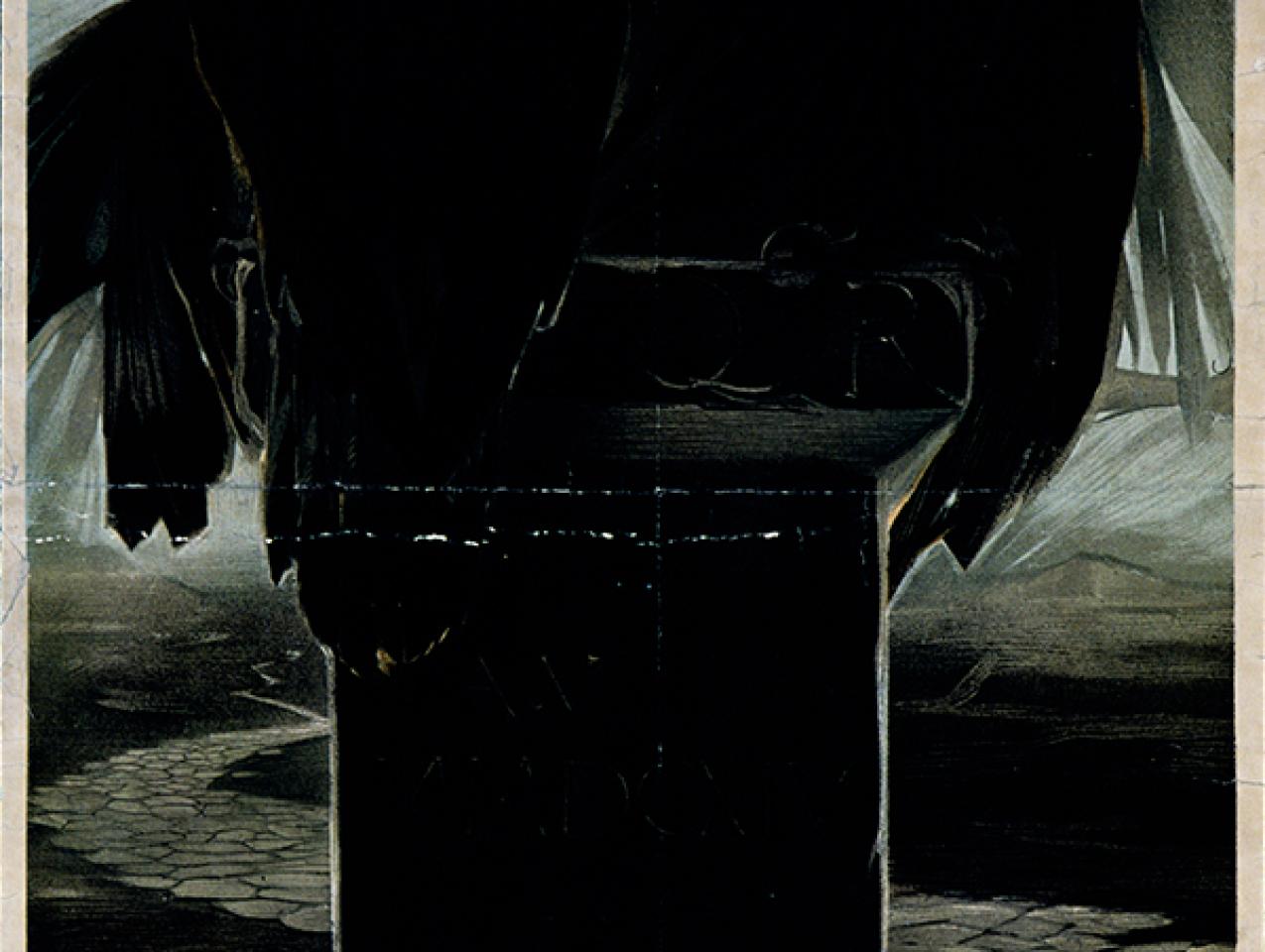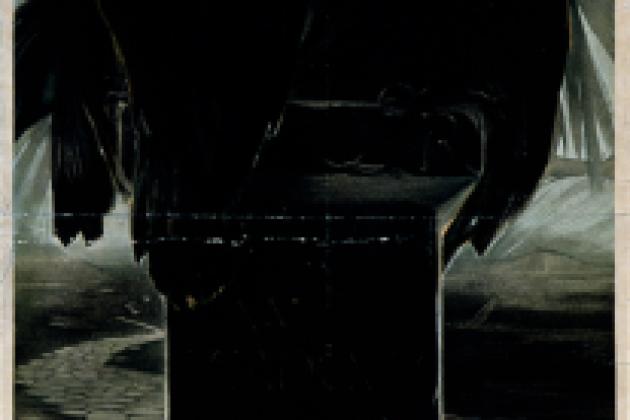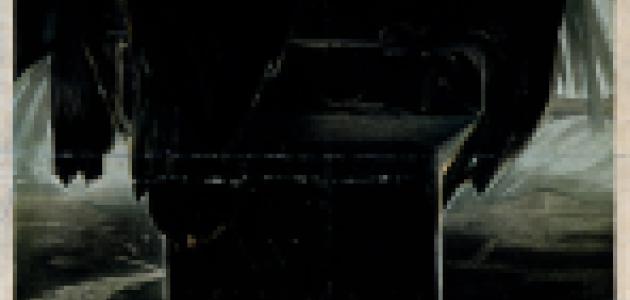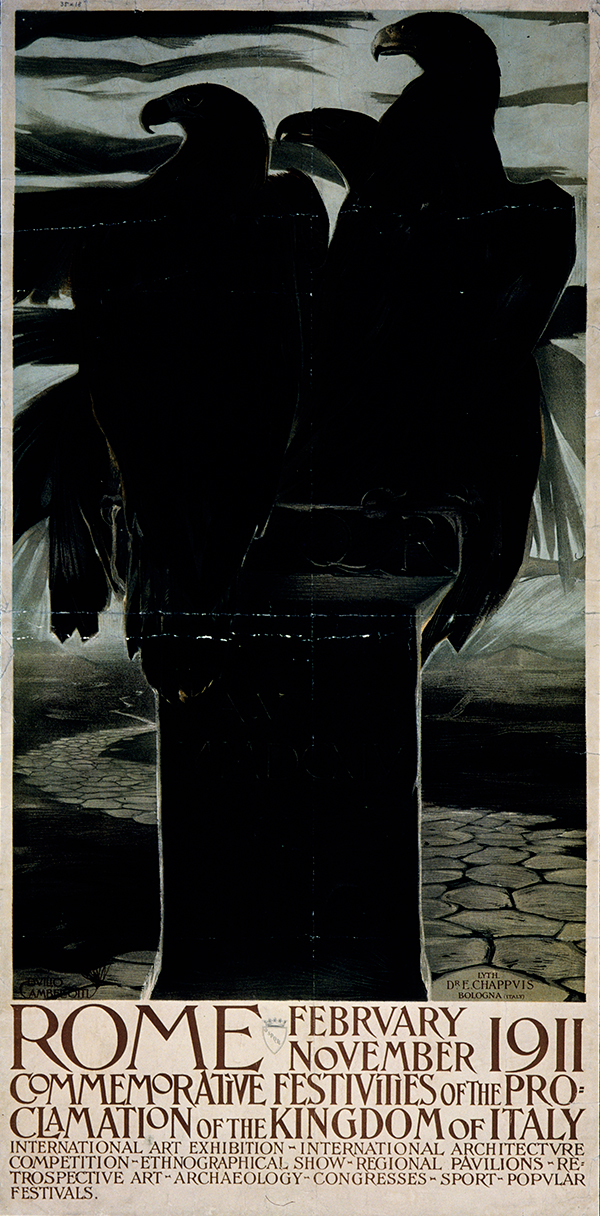
One of the great mysteries of history has re-emerged this week: the fate of the Roman Ninth Legion (Legio IX Hispana), which seemingly disappeared around AD 108, never to be seen or heard of again. The theory that it was destroyed in a great battle in Caledonia (modern-day Scotland) was put forward by Rosemary Sutcliff in her novel The Eagle of the Ninth (1954), which was turned into the movie The Eagle in 2011, but that is only one of five major theories about what happened to its 5,500 officers and men. With the publication of a new book by the archaeologist and historian Dr. Simon Elliott, entitled Roman Britain’s Missing Legion, the theories have been re-examined by The Times of London, and discussed in its letters pages.
In essence, the theories are that the Ninth was (1) slaughtered in northern Britain sometime between its last mention on a gateway in York in AD 108 and the Sixth Legion arriving in the city in AD 122, or (2) that the more than 300 skulls found in the Walbrook stream on what was then the edge of Londonium (London), many of them showing signs of trauma, were the result of Gallic or German auxiliaries executing the Ninth for rebellion, or (3) that the Legion was transferred to Nijmegen and stationed on the Rhine Delta, or (4) that it took part in Emperor Trajan’s campaign against Parthia in the East in AD 115-17, and was disbanded after taking heavy losses in what is modern-day Iraq.
Dr. Simon Elliott investigates each of these but supports a fifth theory, that the Legion was ambushed and annihilated somewhere in Scotland. “All you need is a bad leader in the wrong place at the wrong time, making the wrong decision,” he states, “and suddenly you find that your North Legion is walking, let’s say along the Highland boundary fault, in poor weather conditions, finding itself gradually, without realising until it’s too late, surrounded by Caledonians intent on murder.”
Beguiling though it sounds, this interpretation has been questioned by Michael Fulford, professor of archaelogy at Reading University, who writes to The Times that “there is no evidence; not even metal detectorists’ finds of the debris of the battle,” and going on to state “There is much evidence for the Legion being out of Britain after 108AD,” including a stamped brick naming the legion from Nijmegen later in the reign of Emperor Trajan.
It all goes to support the view of the late Professor Eric Birley, who back in 1969 wrote:
The fate of the Ninth still engages
The minds of both nitwits and sages;
But that problem, one fears,
Will be with us for years
And ages and ages and ages.







